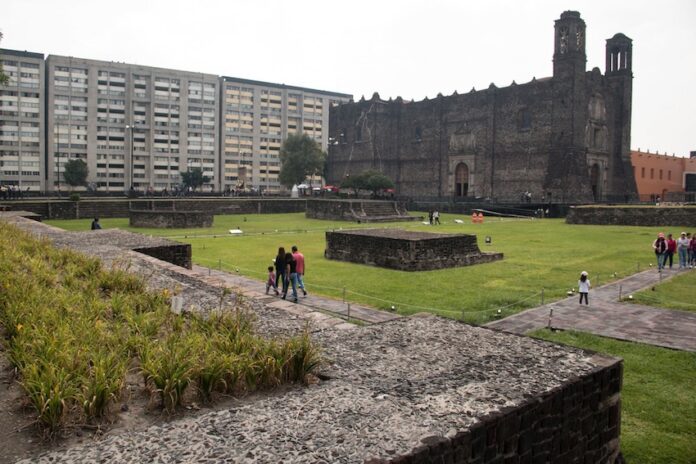In convoluted CDMX, it is not uncommon to find archaeological sites right beside a Catholic cathedral. As devotees attend their Sunday service, both local and international tourists visit the remains of some of the greatest ceremonial complexes in the Americas — no wonder why Mexico City dwellers keep our Mesoamerican traditions alive.
If you’re tired of trying (aimlessly) to climb the Sun Pyramid in Teotihuacán and are craving a chit-chat sesh with the Mexica gods, Mexico City has some of the most impressive archaeological sites in Latin America. Talk to the gods — here’s our digest of the best archaeological sites in town.
Templo Mayor (Centro Histórico)
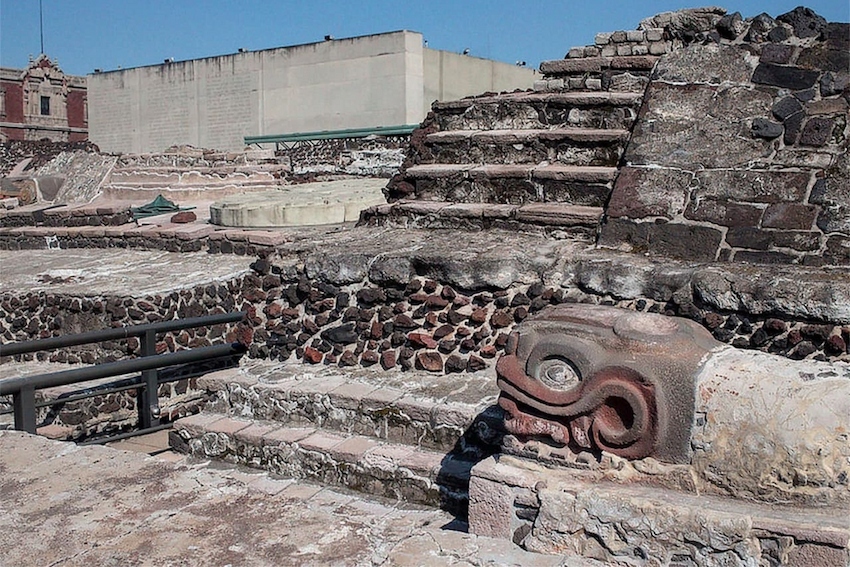
Designed by Mexican architect Pedro Ramírez Vázquez, the Templo Mayor archaeological site is located in the exact same place where “the most important ceremonial complex of the Mexica people” was erected, confirms the Cultural Information System (SIC). Originally, two majestic pyramids stood where the Mexico City Metropolitan Cathedral now stands. One was dedicated to Huitzilopochtli, the God of War, and the other to Tláloc, the God of Water. It is said that, after the Spanish invasion in the 16th century, most of the stone used for these temples was used for building the cathedral in the present-day Zócalo.
- Where? Seminario 8, Centro Histórico, Cuauhtémoc.
Tlatelolco (Cuauhtémoc)
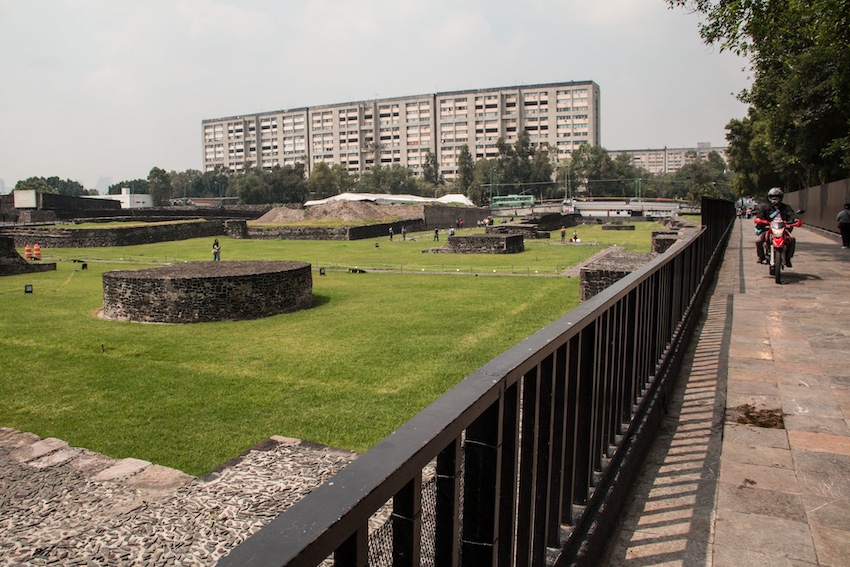
After Templo Mayor, the Tlatelolco archaeological site is probably “the second in importance in Mexico City,” claims the capital’s government. Located in the heart of Plaza de las Tres Culturas, remains suggest it was founded around the 14th century, “although there is evidence that it was previously inhabited.” The site is well-known for having held the greatest marketplace in Mesoamerica, which provided México-Tenochtitlán with the goods its population needed. Dozens of human remains have been found in the area, presumably belonging to the warriors who fought the Spaniards upon their arrival.
- Where? Eje Central Lázaro Cárdenas S/N, Tlatelolco, Cuauhtémoc.
Adoratorio a Ehécatl (Metro Pino Suárez)
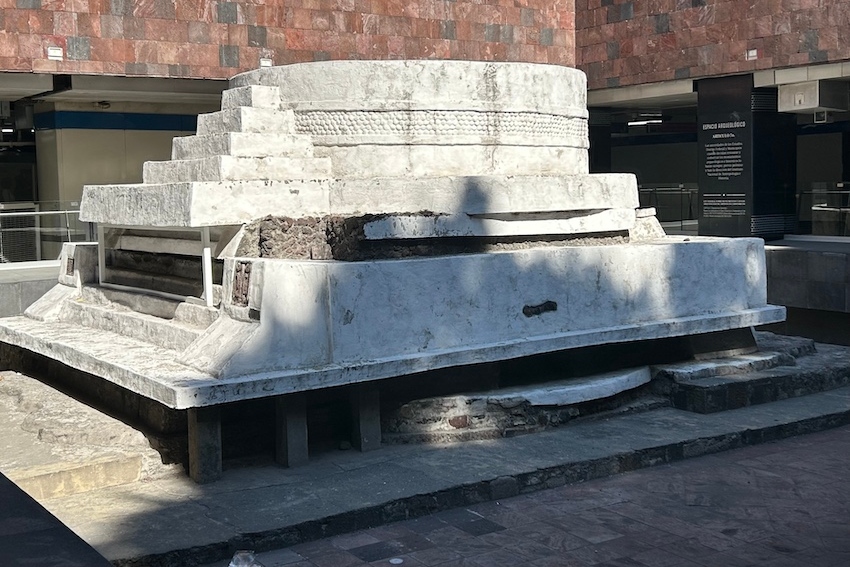
The first time I visited Ehécatl’s Shrine, I was overwhelmed by the tumult. Hundreds of people rushed through the Pino Suárez Station, seemingly unaware that there, just before their eyes, was a pyramid. Originally a part of “an extensive Mexica ceremonial center,” as unearthed by the Mexico City Metro authorities, this temple was found by accident during the construction works of the subway’s Line 2 in 1967. INAH archaeologists determined that the shrine was dedicated to Ehécatl, the god Quetzalcóatl’s wind incarnation, due to a figurine found on top of the main structure. Today, this is Mexico’s tiniest archaeological site.
- Where? José María Pino Suárez Station, Centro Histórico, Cuauhtémoc.
Mixcoac (Benito Juárez)
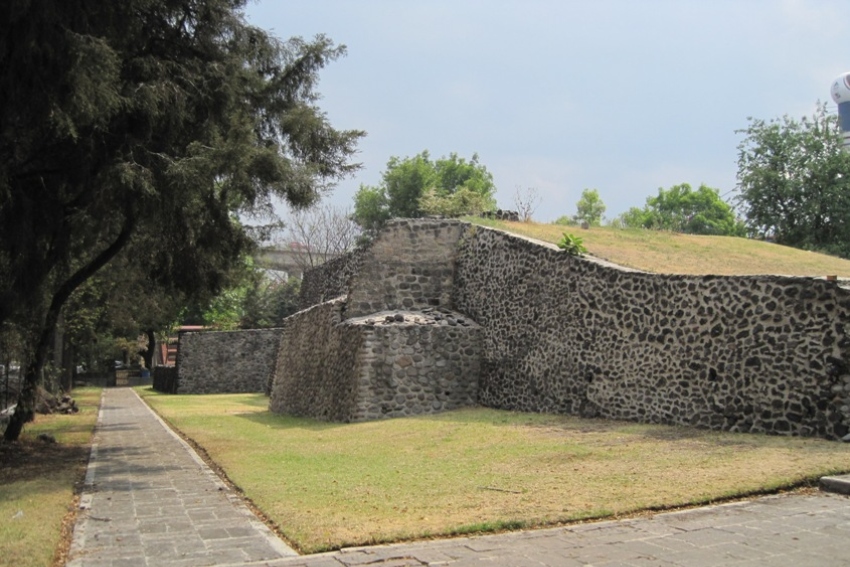
Originally founded on the shores of Lake Texcoco, as noted by the Mexico City government, “it later became an important religious and devotional site for the Mexica of the Triple Alliance” during the 15th century. Although only a small fraction of the pre-Hispanic settlement remains, tourists can visit the pyramid dedicated to Mixcoatl, the god of hunting. Remains show that this was a place of celebration and worship, where the Tepanecs invited the inhabitants of Tenochtitlán and Tlatelolco to enjoy displays of dance and music.
- Where? Pirámide 7, San Pedro de los Pinos, Benito Juárez.
Cuicuilco (Tlalpan)

Just as it is not uncommon to find Mesoamerican temples next to Catholic cathedrals in Mexico City, it is also possible to find archaeological complexes alongside highways. That is exactly the case with the Cuicuilco site. Now a national natural reserve — one of the few spots in CDMX where you can have a glimpse of what nature was like before the Conquest — this was the home of the Cuicuilca people during the Middle Preclassic period. Remains suggest this is the oldest site in central Mexico, with the “first ceremonial center of the Valley of Mexico,” as documented by Mexico City’s government. After the terrible explosion of the Xitle volcano, however, their civilization was destroyed.
- Where? Av. Insurgentes Sur S/N, Espacio Ecológico Cuicuilco, Tlalpan.
Andrea Fischer contributes to the features desk at Mexico News Daily. She has edited and written for National Geographic en Español and Muy Interesante México, and continues to be an advocate for anything that screams science. Or yoga. Or both.
